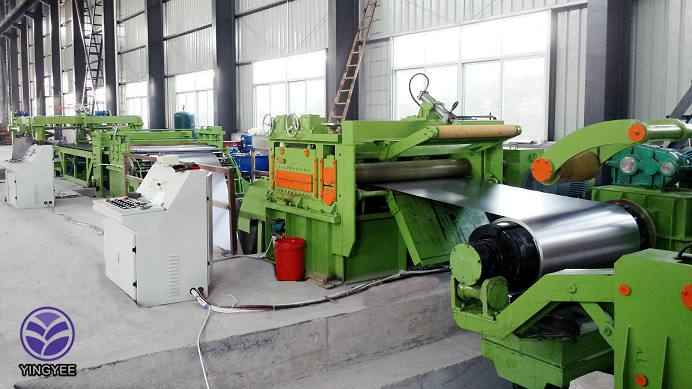
Trapezoid Roof Sheet Forming Machine An Overview
In the construction industry, the demand for durable and efficient building materials is ever-increasing. Among these materials, trapezoid roof sheets have gained popularity due to their aesthetic appeal, strength, and versatility. To meet this demand, the trapezoid roof sheet forming machine plays a crucial role in the production process. This article delves into the features, benefits, and operational aspects of this essential machinery.
Understanding Trapezoid Roof Sheets
Trapezoid roof sheets, characterized by their trapezoidal profile, are commonly made from materials such as galvanized steel, aluminum, and PVC. Their unique design not only enhances structural integrity but also provides excellent drainage, making them ideal for various applications including warehouses, factories, and residential buildings. The trapezoidal shape helps to minimize water accumulation, reduce wind loads, and improve overall durability.
The Role of the Trapezoid Roof Sheet Forming Machine
A trapezoid roof sheet forming machine is a specialized piece of equipment designed to convert flat metal sheets into trapezoidal profiles through a series of pressing and shaping processes. This machine typically consists of several key components
1. Feeding System This system unwinds and feeds the metal coil into the forming machine. Precise feeding is essential to ensure that the sheets are produced to the correct dimensions.
2. Roll Forming System This is the core of the machine, where the flat sheets are passed through a series of rollers. Each roller gradually shapes the metal sheet into the desired trapezoidal profile. The continuous forming process ensures high efficiency and uniformity in the produced sheets.
3. Cutting System Once the sheets have been formed, they are cut to the required lengths. Advanced trapezoid roof sheet forming machines feature automatic cutting mechanisms that synchronize with the forming process to ensure accuracy.

4. Control Panel Modern machines are equipped with PLC (Programmable Logic Controller) systems that allow operators to easily manage the entire production process, monitor settings, and make real-time adjustments as needed.
Advantages of Using a Trapezoid Roof Sheet Forming Machine
1. Cost-Effectiveness By automating the production of trapezoid roof sheets, manufacturers can significantly reduce labor costs and minimize waste. The high-speed operation of these machines leads to increased output and profitability.
2. Customizability Many forming machines allow for customization of sheet dimensions, profile designs, and thicknesses. This flexibility enables manufacturers to cater to diverse customer needs.
3. High Quality The precision engineering involved in forming processes ensures a high level of quality in the finished product. The uniformity of the shape and thickness contributes to the overall strength and durability of the trapezoid roof sheets.
4. Easy Operation and Maintenance User-friendly interfaces and semi-automated functions simplify the operation of these machines. Regular maintenance procedures are also straightforward, ensuring longevity and consistent performance.
5. Environmentally Friendly The production process involved in trapezoid sheet forming is relatively eco-friendly. Metal sheets can be recycled, and the overall energy consumption of modern machines is often optimized to reduce environmental impact.
Conclusion
In conclusion, the trapezoid roof sheet forming machine is an essential piece of equipment in the modern construction industry. Its ability to produce high-quality, durable, and aesthetically pleasing roofing materials makes it a valuable investment for manufacturers looking to meet the growing demand for trapezoid roof sheets. As technology continues to advance, we can expect further innovations in this field, leading to even more efficient, environmentally friendly, and customizable roofing solutions for various applications. Whether in commercial or residential construction, the trapezoid roof sheet forming machine remains a cornerstone of quality and efficiency in roofing material production.